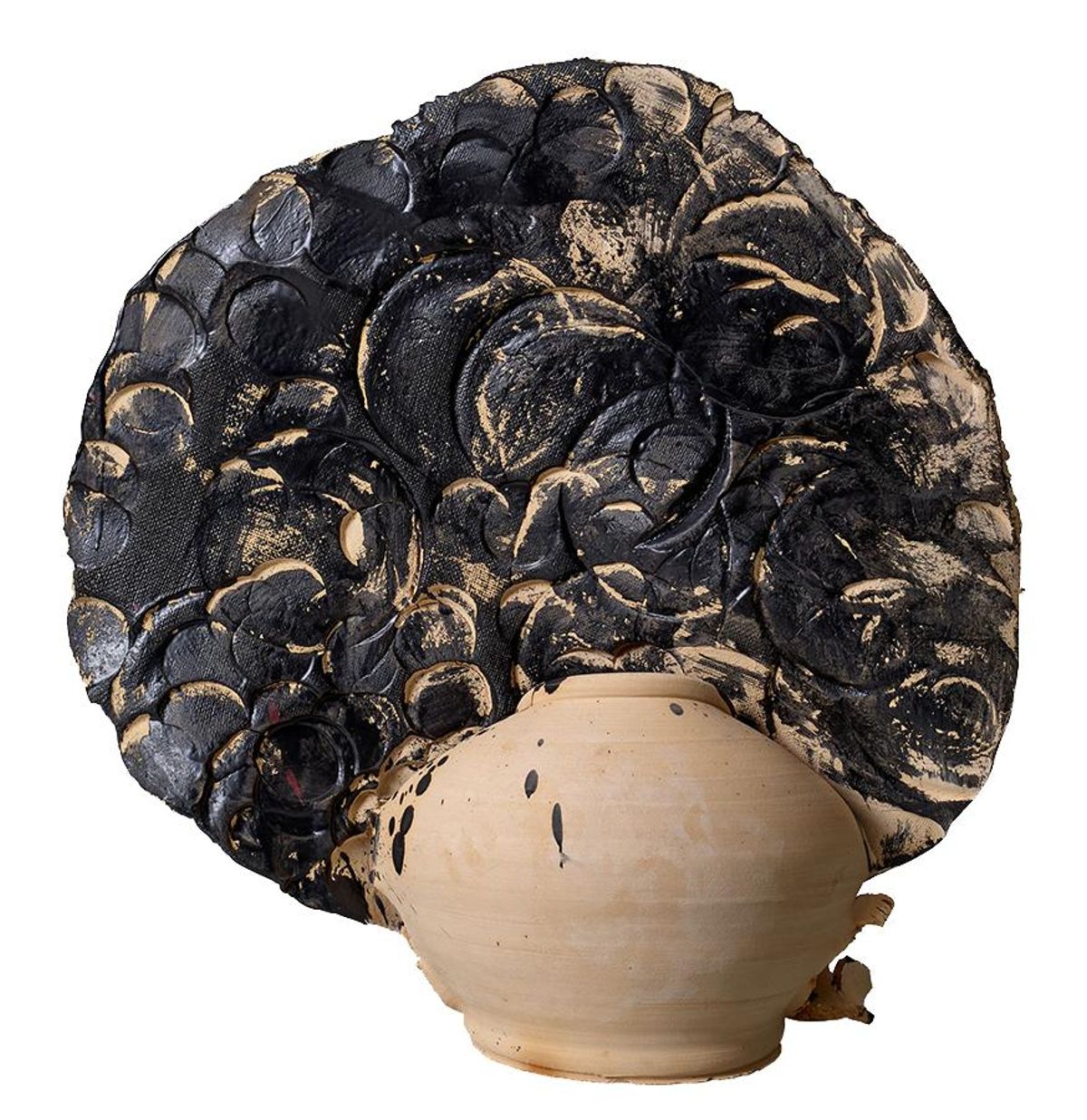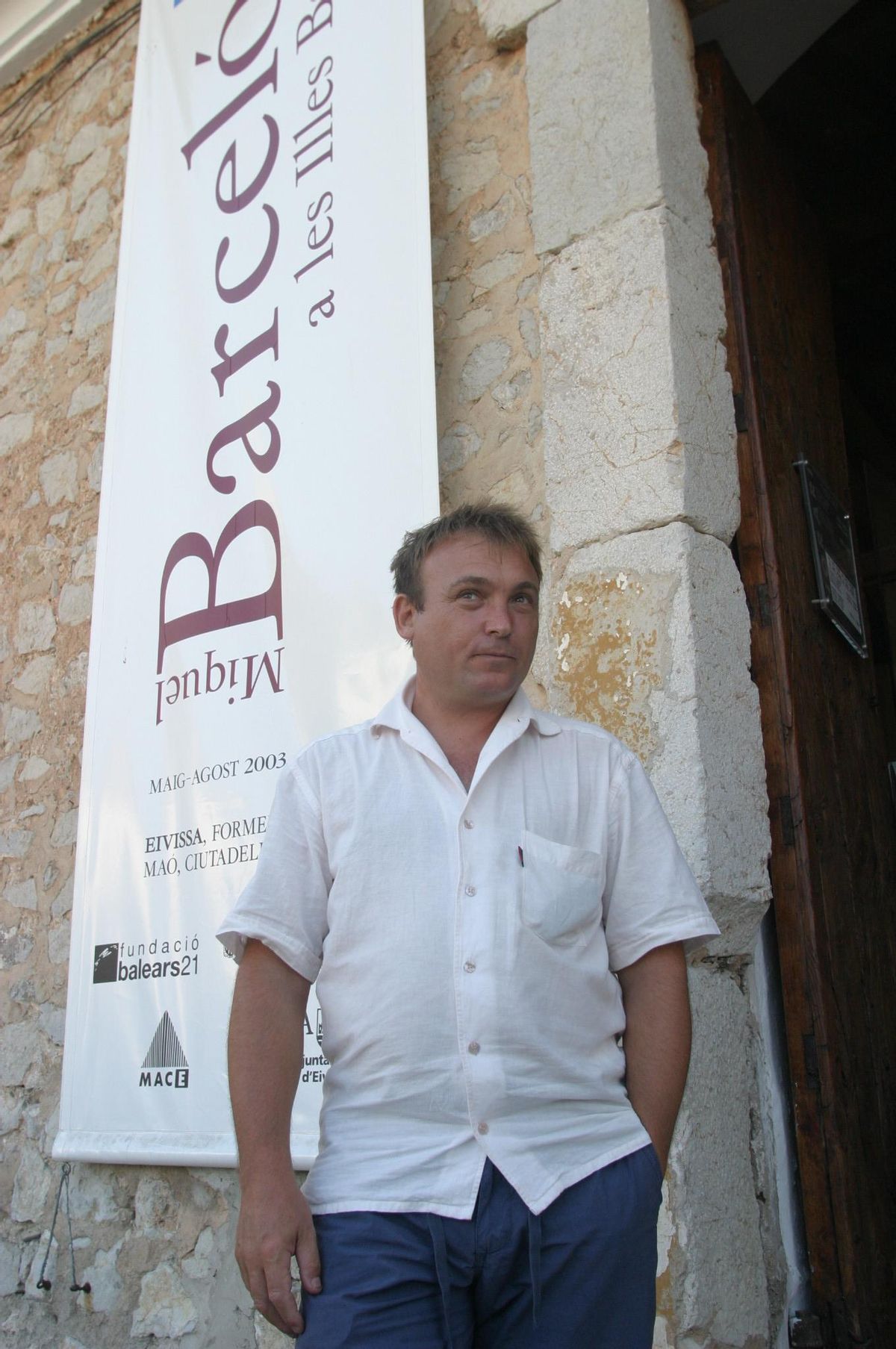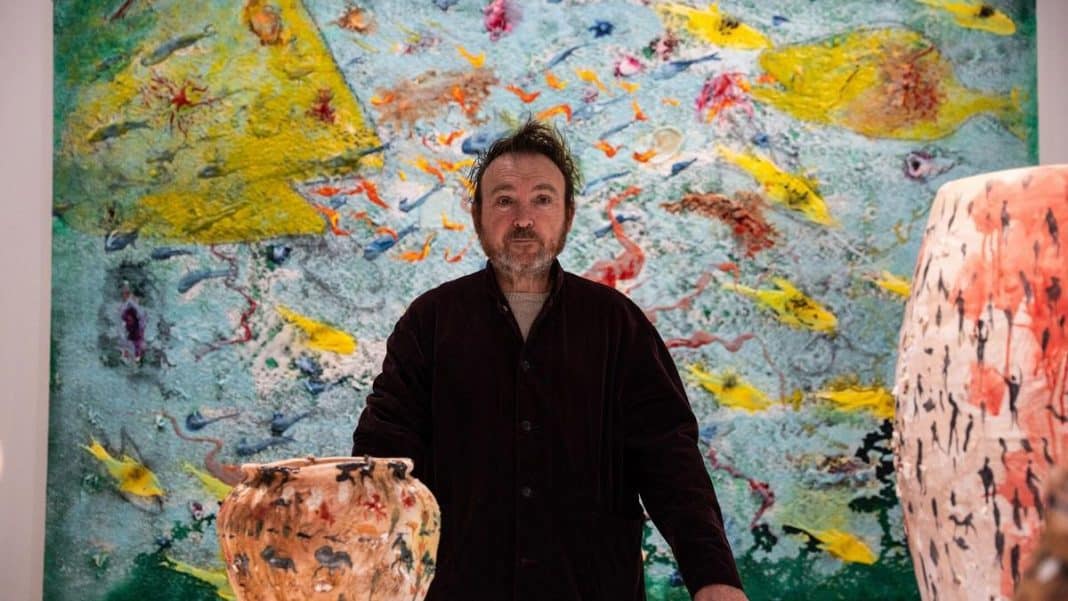The Museum of Contemporary Art of Ibiza presents ‘Miquel Barceló, the permanent present’an exhibition curated by Enrique Juncosa and subsidized by the Ministry of Tourism, Culture and Sports of the Balearic Government, which brings together a set of thirteen recent paintings, made between 2024 and 2025, and nine ceramics from between 2018 and 2024. The exhibition will open on June 21 at 8 p.m. and will end on November 16, 2025.
“It is an honor for Ibiza to be able to once again have the presence of an artist of the stature of Miquel Barceló in our Museum of Contemporary Art. This exhibition reaffirms the MACE as a space of reference and a meeting point with the most relevant contemporary creation. Barceló connects us with the essential and ancestral, with a look that crosses time and forms, and invites us to contemplate the world from matter and instinct. With this exhibition, we celebrate not only art, but also the capacity of culture to movetransform and link us with our deepest history,” said the Councilor for Culture of Ibiza, Carmen Domínguez.
This is the third time that Miquel Barceló exhibits at the Museum of Contemporary Art of Ibiza. The precedents were ‘Miquel Barceló a les Illes Balears’ (May-August 2003) organized by the Governbalear, and ‘Miquel Barceló – Barry Flanagan/Ceràmiques i dibuixos’ (April-October 2012), organized by the MACE coinciding with its reopening after renovation and expansion works.

Miquel Barceló (Felanitx, Mallorca, 1957) continuously explores all kinds of formats and materials, his work ranges from painting, sculpture, drawings on paper and ceramics to installations and performance. He usually lives between Mallorca and Paris. His brilliant career has led him to exhibit at Documenta VII in Kassel in 1982, he has represented Spain at the Venice Biennale in 2009, and his work is included in some of the most renowned institutions and museums, such as the Pompidou Center in Paris, the Museo Nacional Centro de Arte Reina Sofíade Madrid; the Rufino Tamayo Museum in Mexico or the Guggenheim Museum in Bilbao, among many others.
Land and tradition
“From his studios in Majorca, Paris and in his workshops, he works drawing inspiration from his travels and from his land and the sea, as well as from ancient cultures and traditions. On this occasion, his paintings refer us to the cave paintings of caves such as Lascaux, Altamira or Chauvet, which Barceló has had the opportunity to visit. Barceló makes us think and feel, with his latest works, in the original magical sense of cave paintings, working the canvases with textures and volumes, imitating the rocky surfaces of the caves and the way in which the shapes and colors of the walls were used”, says the MACE in a press release.
“The palette of these works is austere, dominated by whites, blacks and ochres, and at the same time it gives off sensual, rich and close values. Thus, for example, in the paintings of mammal heads, one can feel the emotion of the rocky walls that served as support for those ancient ritual paintings and the breath that inspired them. The Chauvet paintings, which are believed to be the oldest, date from between 35,000 and 22,000 BC. And we are surprised to recognize ourselves as anthropologically primitive, fascinated by totemic or sacred animals; mammoth, bison, camel or bull, which are symbols of telluric power, creative force and the primitive gods of our Mediterranean culture,” the note adds.

Fish and flowers appear in the ceramics; an octopus with thin tentacles seems to escape from the plate that contains it…. “They are celebratory works of existence, inspired by the direct and experimental knowledge of the world around him, which he knows perfectly and in communion, one could say. And these works, still chromatically austere, let appear aquatic blues but also natural colors of clay, shades of gray and white that accompany the rhythm of the forms, expansive and gestural,” the statement continues. Barceló describes his ceramics as “a way of painting”. “All these works make us feel again the primitive sense of the primordial ceramicswhen in the Neolithic revolution the human being had the need to store grain for example and conceived with his hands and clay a first and simple bowl”, concludes the MACE in its note.
For the full article, please visit Diario de Ibiza website here.

